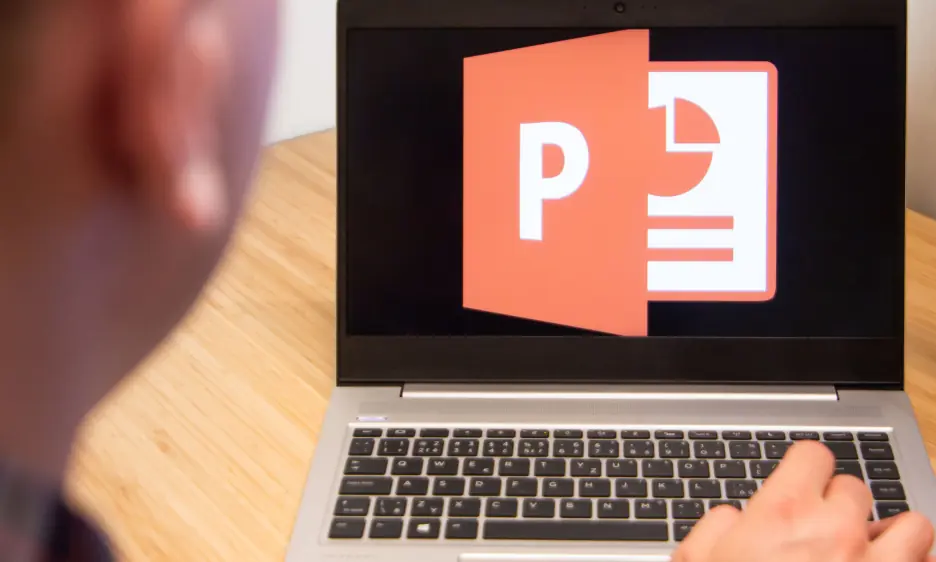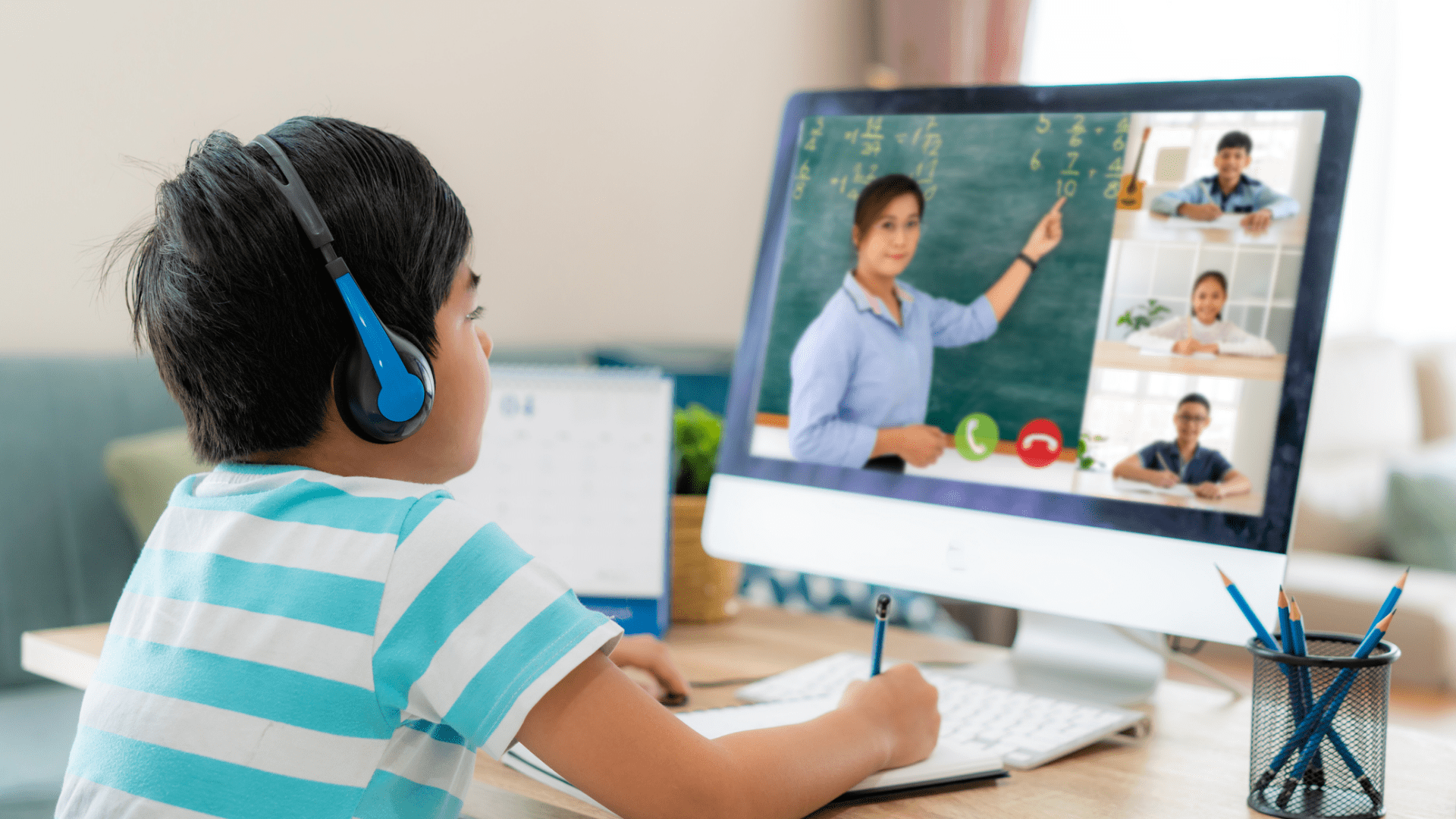Children today grow up surrounded by technology, so bringing digital tools into classrooms feels natural. One tool, often introduced in a curso PowerPoint, shows teachers how to harness slides for more dynamic lessons. When used thoughtfully, PowerPoint can transform ordinary teaching into an interactive and enjoyable experience that captures children’s attention and supports better learning outcomes.
Visual Learning Made Simple
Young learners respond strongly to visual material. PowerPoint presentations allow teachers to include images, colourful backgrounds, and graphics that break away from plain text. Instead of only listening to long explanations, children can see diagrams, mind maps, and visual stories that bring lessons alive. For example, a science topic on the solar system becomes more engaging when planets rotate across a slide rather than being described in words alone. Visual learning not only excites curiosity but also helps information stick in memory for longer.
Encouraging Interaction in Classrooms
PowerPoint slides do not need to be static. Teachers can add interactive quizzes, puzzles, and short activities within slides. Children enjoy clicking answers, watching animations appear, or even participating in team competitions using projected questions. These activities give pupils a chance to test knowledge immediately, which improves understanding and boosts confidence. Interaction also ensures that students are not just passive listeners but active participants, making the classroom atmosphere more energetic and fun.
Supporting Different Learning Styles
Every child learns differently, and PowerPoint provides flexibility for teachers to adapt lessons. For visual learners, slides full of colourful diagrams and photos make concepts easier. For auditory learners, teachers can add sound clips, recorded explanations, or even background music to support retention. For kinaesthetic learners, activities such as drag-and-drop games or interactive storytelling can be built into presentations. By blending these elements, teachers create inclusive lessons that reach every child, no matter their preferred style of learning.
Simplifying Complex Topics
Some school subjects can feel overwhelming, particularly when they involve large amounts of detail or abstract concepts. PowerPoint allows teachers to break down these ideas into smaller, digestible parts. Bullet points highlight key information clearly, while step-by-step animations reveal content gradually, preventing overload. A maths teacher, for instance, can show each stage of solving an equation rather than presenting the full solution at once. This slower pace helps children process information with greater ease and confidence.
Building Confidence in Students
PowerPoint is not just a tool for teachers; students can use it too. When children create their own presentations, they practise researching, organising ideas, and presenting information to their classmates. This builds communication skills and develops confidence in public speaking. Even simple projects, such as preparing a short slideshow about a favourite animal or historical figure, encourage children to take pride in their work. Presenting with slides also reduces nervousness, as visuals guide them through their speech and keep the audience focused.
Encouraging Creativity and Storytelling
PowerPoint’s wide range of design options gives children space to be creative. They can choose layouts, colours, fonts, and animations to tell stories in their own style. For younger pupils, creating a simple picture story with text and sound effects makes lessons playful while teaching digital literacy. Older students can experiment with timelines, video clips, or charts to explain research. Such creativity develops both subject knowledge and digital skills that are essential in today’s world.
Making Revision More Effective
When revision season arrives, PowerPoint is an excellent tool for summarising lessons. Teachers can prepare quick review slides with highlights, key words, and visual prompts. These serve as handy study aids for pupils, helping them recall important points before exams. Students themselves can make revision slides, turning large amounts of content into manageable, colourful summaries. Flashcards created in slide format can be used for group revision games, keeping motivation high and reducing stress.
Accessible and Flexible Learning
Another strength of PowerPoint is accessibility. Slides can be printed as handouts, shared digitally with pupils, or uploaded to school platforms for later review. This means children who were absent or need extra support can catch up easily. Teachers can also adjust font size, colour contrast, or layout to meet the needs of pupils with visual or learning difficulties. Such flexibility ensures that no child is left behind and that everyone has equal access to learning.
Conclusion
PowerPoint has evolved beyond being a simple tool for displaying information. In schools, it helps teachers turn lessons into interactive, visual, and memorable experiences that match the way children learn best. From simplifying complex topics to building confidence and creativity, the use of slides creates an environment where students are engaged and eager to learn. With careful planning, PowerPoint becomes more than just technology; it becomes a bridge between knowledge and curiosity, making learning in schools truly exciting.




